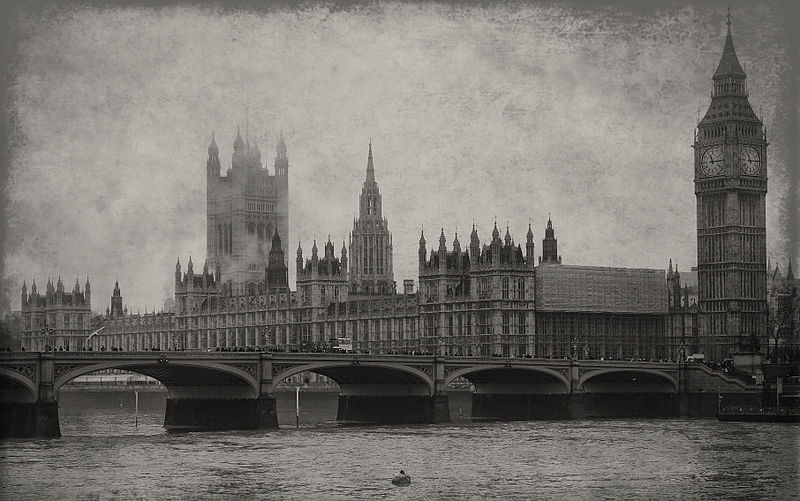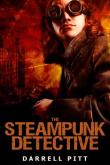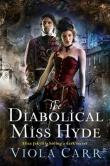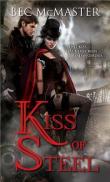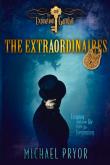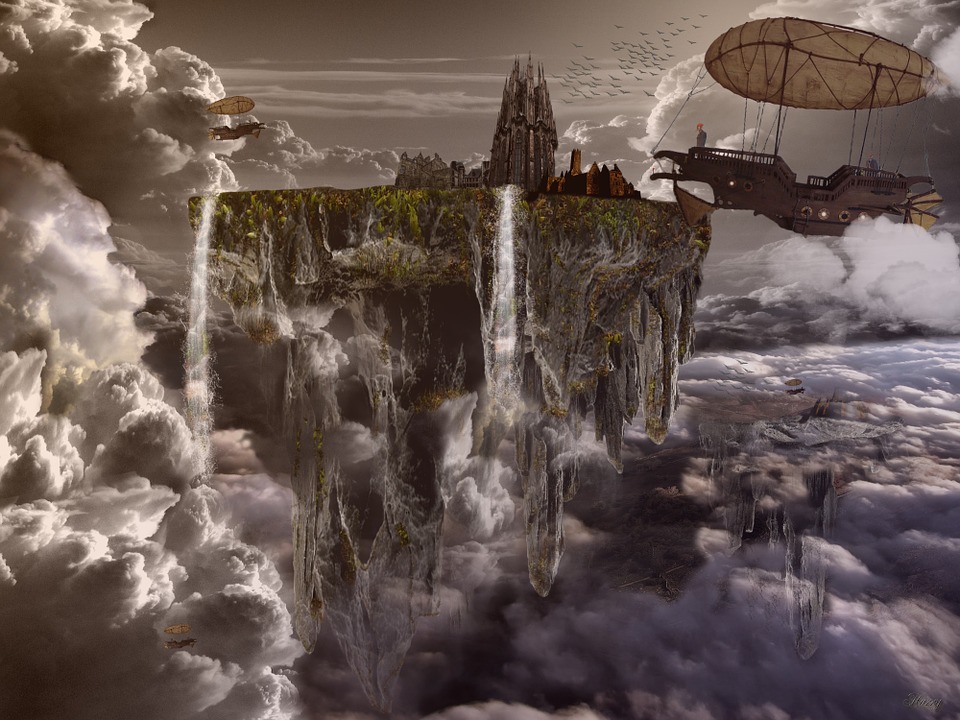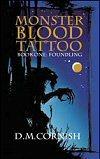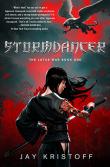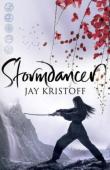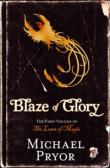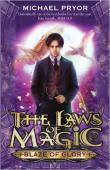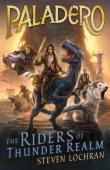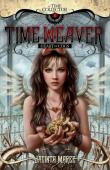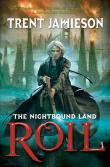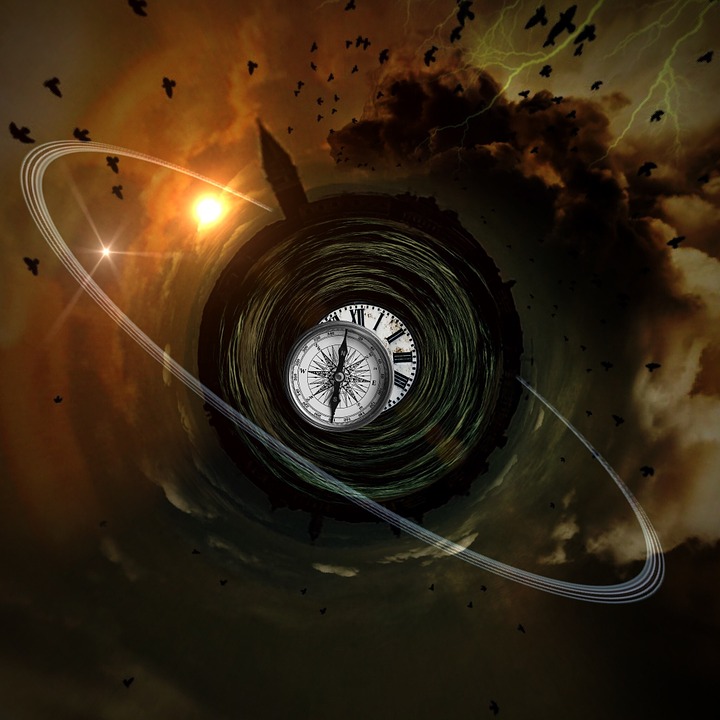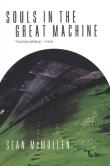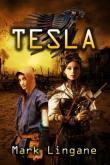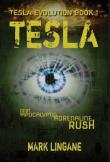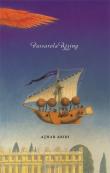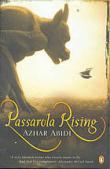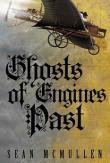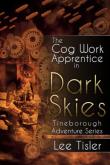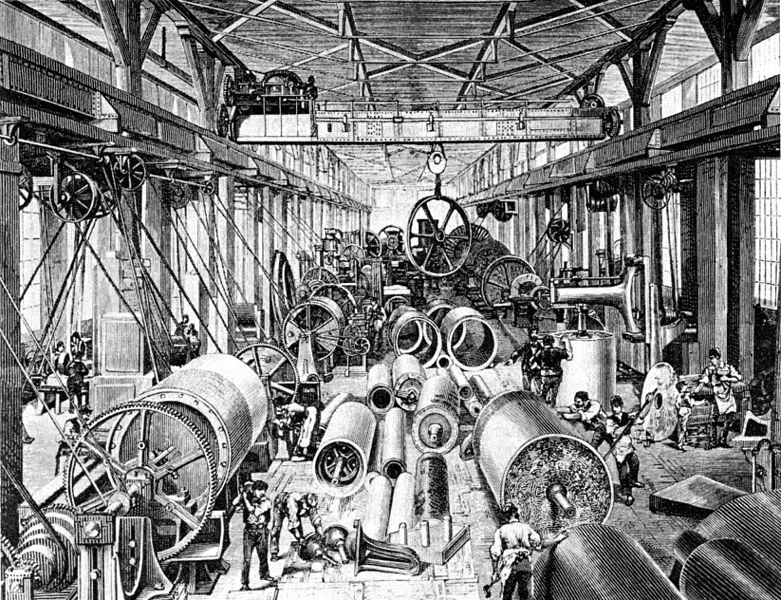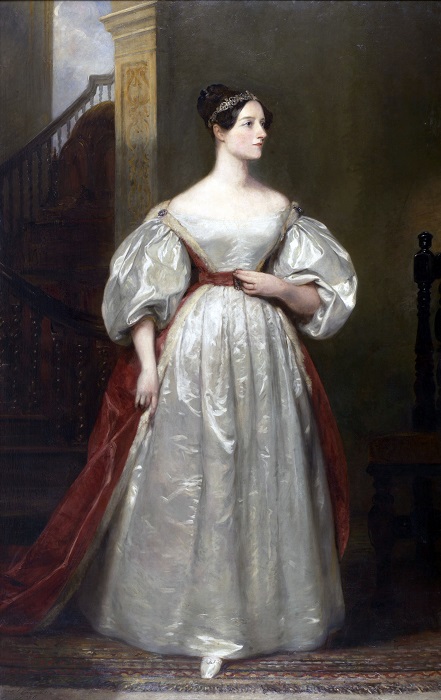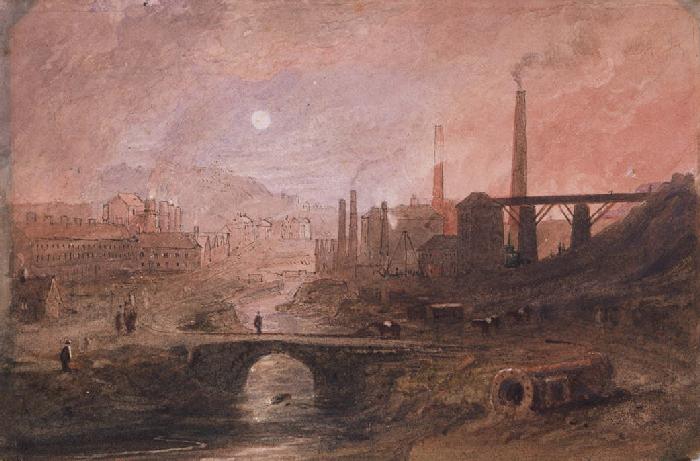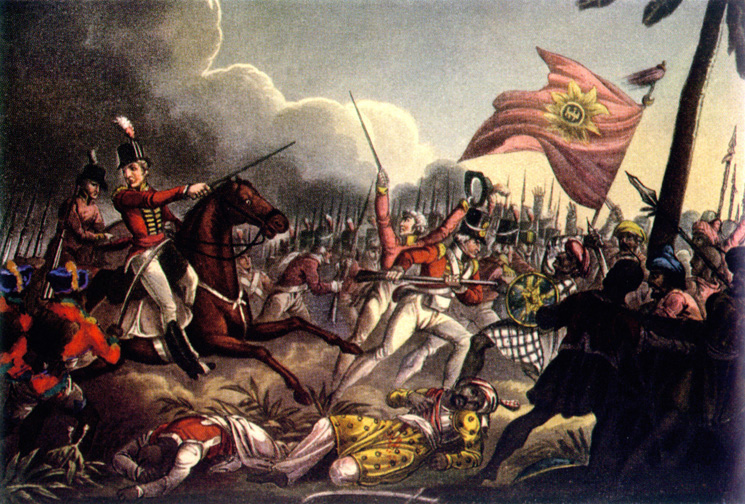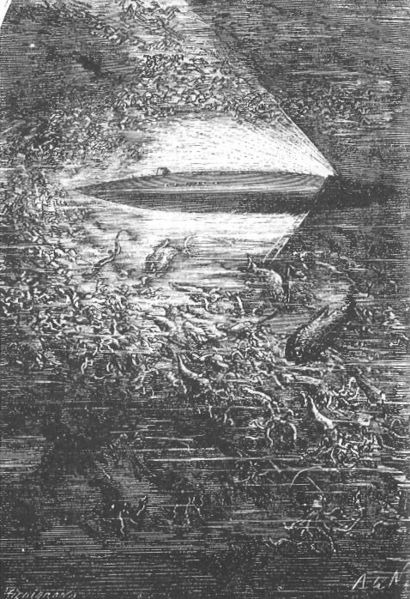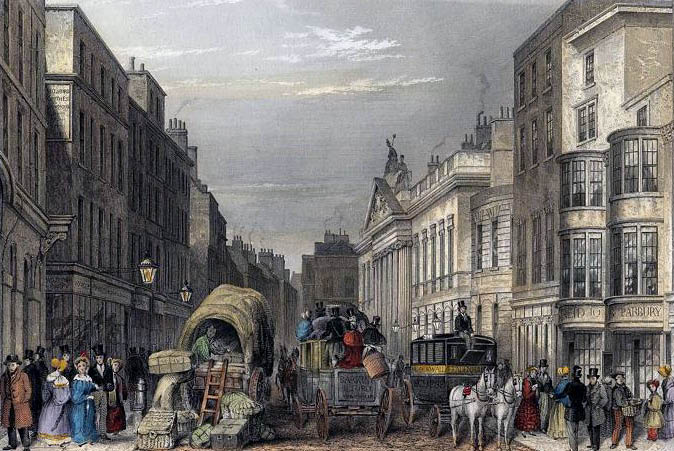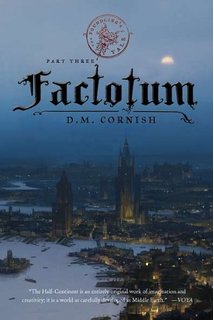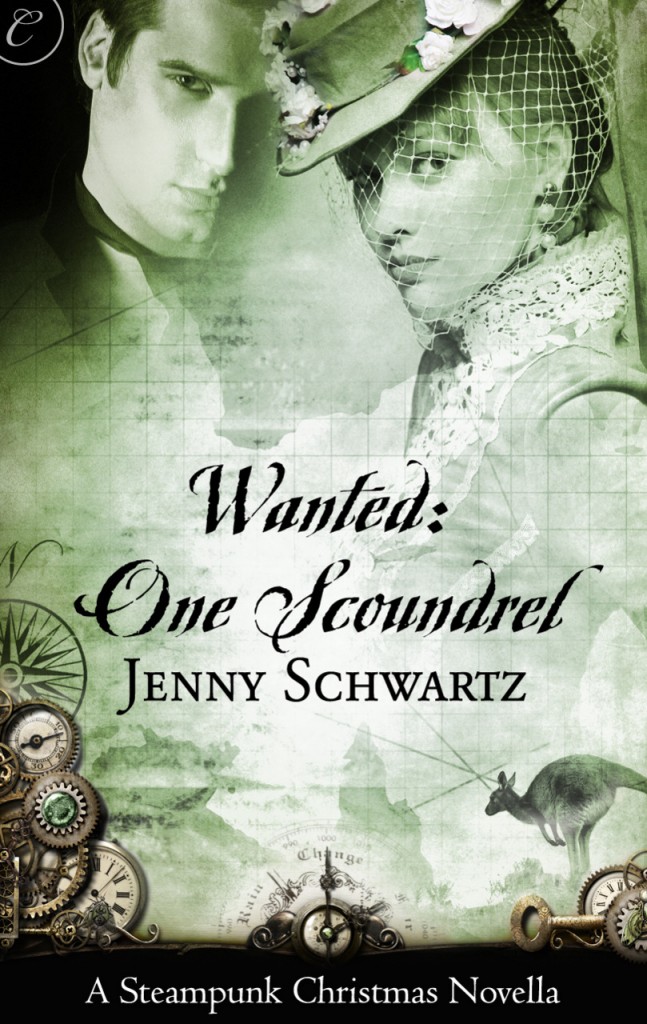AustLit
-
-
-
Though works that might be described as non-historical steampunk exist in the secondary world novels, the lingering presence of history and a concern with its influence remains a deep-seated aspect of the style. Indeed, the classic steampunk fiction that laid the groundwork of the genre was explicitly historical, focusing on the alt.history possibilities of technology in the nineteenth century.
This engagement with history seeks to rewrite the social and technological past, re-rendering and reimagining events in different ways so as to demonstrate that current manifestations of technology and society are not the necessary forms they must take.
History could have been other than it is, technologies or political movements could have emerged in ways other than we might expect, and such developments can interface with our lives and selves in ways that differ from our known present. From steampunk artist Jake Von Slatt (quoted in Forlini 77):
'Our world is full of technology and almost all of it began during the 19th Century and the Industrial Revolution. By exploring this time we lay a foundation of understanding for technology and its role in history and daily life. With this understanding we can make smart decisions concerning the role of it in our lives and speak with knowledge and power to the corporations that would prefer we remain ignorant of the tech they would sell us.'
-
In this way, such classic steampunk cites and interacts with the significant cultural objects of the Victorian era so as to produce a more dynamic understanding of history, one which is not fixed and immutable but a series of elements whose constitution and import was not guaranteed but contingent. The significant figures of the nineteenth century in the cultural imaginary are written in either a serious or more playful fashion, allowing a flexible and nuanced understanding of the importance of these individuals or institutions (Esser 21).
Indeed, when steampunk acts in this critical way, we can see it as behaving in a manner resonant with a Foucaultian practice of genealogy. A genealogical approach to history seeks to trace the heritage of our ideas, ourselves, and sociality through their development in the past.
In genealogy, the past reveals itself through the technological present – it is figured through the schema of the now so as to better reveal the ways in which history continues to affect and afflict us today (Wilson 168).
In this way, many of those aspects of our selves and our societies that we had thought to be essential are revealed as thoroughly contingent – and the reverse is also true. Something that we may have thought of as unique to our time and our modern subjectivities can be revealed to be a consistent feature of many eras, many societies, and many selves.
-
Steampunk, then, particularly when focusing on its historical aspects, is a thoroughly genealogical approach to history. In many cases, this is a genealogy of technology more than a genealogy of ideas. This is because, for much historically focussed steampunk, modern history is a history of technology: it is the story of how we have become ourselves through the technologies we have used.
Technology is seen as the driver of history since at least the nineteenth century, and it is in the nineteenth century that the roots of this technological world have come to being.
-
In the manner of Heidegger's Enframing, the modern worldview through which steampunk operates sees everything through a technological mindset. It understands all things as they fit within a technological framework that orders the world, people, and social institutions into standing reserve-resources for use within the technological system (Heidegger 17-21; Wilson 157). Steampunk both engages this technological framework, and presents a pastiche of an era that holds considerable aesthetic presence in the cultural imaginary, rendering it as anachronistically possessing the technology we command today.
By combining the modern technological framework and this culturally significant historical aesthetic, steampunk creates an easy and resonant world for contemporary readers to accept. Ultimately, however, such pastiche is born partially from nostalgia, emerging out of fragments of half-remembered history, the retrograde sepia-tone of period dramas. The different ways of doing steampunk, either as critical of its historical subject or less so, match Svetlana Boym’s distinction between 'reflective nostalgia' and 'restorative nostalgia' (14).
When steampunk is critical of its subject, it engages in reflective nostalgia, actively interrogating the problems and legacy of the Victorian era, exploring different ways of being at that time, and thus different possibilities for how we could be now. Without this critical element, steampunk runs the risk of collapsing into mere restorative nostalgia, which does not so much seek to understand the past as ventriloquise the accepted generalities of its traditional understanding. It seeks to protect history as an absolute truth rather than presenting it as a field of discourse, of uncertain possibilities.
-
In resurrecting an idealised Victorian past, steampunk of this restorative kind may enact a fondness for (ideologically coloured) memories of ascendant white supremacy, European dominance, the hegemony of high bourgeois culture.
There are key differences here in determining which kind of nostalgia a text enacts. First, does the steampunk work critique its Victorianism, offering a view of the culture it emulates that does not make an idol of whiteness, or uncritically exalt the figures of the Industrial Revolution or Victorian high society? Or, does the text present an understanding of Victorian culture that is aware of its deep-seated problems, aware of how they continue into the present day? Is the text aware of what we do when we revive the cultures of the past, particularly when their values and actions continue to affect the world so deeply?
-
While these issues of historicity are certainly most obvious in steampunk set in the Victorian past, they do not vanish when steampunk is used in works set in the future, or a secondary world. Many steampunk works set in future or secondary worlds continue to draw on pseudo-Victorian elements, while also combining a fascination with the events, figures, technologies, and social mores of history.
Despite their non-historical setting, as Carol Ryles argues, such works often continue to be 'characterized by anachronism, pseudoscience, technofantasy, magic, hybridity and imagined events inspired by science fictional history as well as real history' (312).
Such additions to and expansions of the steampunk field continue to draw on the historicity of the nineteenth century, either played for mere nostalgic pleasure, or for more critical effect.
Works of steampunk with non-western settings, such as Jay Kristoff's Lotus War series, do not engage the nineteenth century or western society in an explicit fashion at all.
Yet the central trajectories and problems associated with the Victorian era as a cultural field remain prominent. Stormdancer and its sequels' Japanese-inspired setting does not feature any western influence or characters, yet the story concerns the emergence and development of steam-powered and clockwork technologies that threaten the established social order, pollute the environment, and radically influence the trajectory of the civilization. The influence of the Industrial Revolution as a historical event remains strong in the text's construction, as do the empires and wars of history.
Literary history, too, is a significant aspect of steampunk's engagement with the past. This is to be expected, as many works of steampunk seek to engage the past as it is popularly remembered, rather than as it may have actually been. This can serve either a restorative or reflective function, either seeking to legitimise the popular narrative or criticise it, but either way, the referenced past of steampunk remains a cultural past – one that is lived, remembered by, and acting upon the present.
-
The influence of the significant figures of Victorian literature remains strong in the steampunk style, acting as the forebears to many of the tropes and settings that have come to be archetypal. Occasionally, historical authors or public figures will appear in texts, as when Mary Shelley must pit herself against ‘Lord Byron, master of steampunk technology’ in Sylvia Kelso’s Spring in Geneva (2013).
Most obviously, those works of proto-steampunk that act as the genre's pre-history influence the technology of many steampunk texts – it is difficult to picture the submarine-beast of Scott Westerfeld's Behemoth without recalling the whale-like silhouette of the Nautilus.
The archetypal figure of the professor-inventor of steampunk also has its origins in these scientific romances, in which the optimistic enthusiasm enjoyed by scientific advance is either played straight in contemporary steampunk or subverted with modern understandings of the environmental and social impacts of technology. Many of the basic narrative tropes and settings are also derivative of Victorian literature and culture. Many second-wave steampunk works act upon a nostalgia for Victorian romances, enacting a fondness for the drawing-room sensibility and manners associated with the era, along with a Romantic veneration of passionate courtships and love-affairs.
-
The Dickensian influence is also particularly notable, with urchins, orphanages, and rags-to-riches narratives in gritty industrial Londons (or pseudo-Londons) making frequent appearances. Indeed the city of London itself is a significant part of steampunk – it is by far the most common setting for steampunk stories, and is regularly the model for secondary world cities. It is the carrier and symbol for many of the main tropes of steampunk fiction, the centre of empire, the archetype for international trade, a city of juxtaposed wealth and poverty, densely packed.
In fact, many texts find it difficult to extricate their characters from the London that birthed their archetypes: the cluttered urbanism, and blend of classical, gothic and industrial architectures are fundamental to many texts' character building and even narrative.
Indeed, even when transplanted to other real-world cities, steampunk often continues to bear the influence of London. The steampunk Melbourne of the Della Mortika series, for example, bears many of the archetypal hallmarks of the mythologised nineteenth-century London, from the cluttered orphanages and grimy aesthetic to the gothic skylines and industrial development.
-
Though most steampunk that deals with Australian history is set in an altered version of our own world, there are cases of works that engage Australian history through less overt settings. A key example here is D.M Cornish's Monster Blood Tattoo trilogy, which takes place in a secondary world called The Half Continent and details the adventures of a young orphan.
-
The setting, though not overtly Australian, presents a pseudo-Victorian human society living largely on the coastal fringes of a vast and wild landmass whose more central regions remain both unsettled and hostile to the settlers (though not to their native inhabitants). The particular region of the Half Continent in which the story takes place is far removed from the civilisation's imperial centre, and ventures at times into the antipodean fringes of human society's colonising push into the landmass.
Much of the narrative concerns the protagonist's attempts to navigate his society's conflict with the natural inhabitants of the land, the monsters, who are considered savage beasts by mainstream society and usually killed on sight. Indeed, there is a large subset of professions whose work consists entirely of the mercenary hunting of monsters, and any killings are symbolically venerated through the practice of the eponymous monster blood tattoos which adorn the bodies of monster-slayers.
Over the course of the narrative, it becomes increasingly clear that the monsters are not only sentient, but in many cases far from evil or monstrous.
Indeed, the reader is positioned to become sympathetic to the monsters against the often barbaric practices of the human settlers.
All these factors can be seen to have clear parallels in Australian history (and its post-colonial present), from the construction of the landscape to the colonising practices of the xenophobic human society against the land's native inhabitants. Indeed, the central thread of the narrative concerns the protagonist's slow realisation that he is in fact one of the monsters, only appearing to be human and having subsequently been taken and raised in a human orphanage from infancy.
By couching the world and narrative in elements so resonant with significant aspects of Australian history, the series functions as critical reflection through a fantastical proxy setting, creating a symbolically resonant system of fictional signs that parallels and dissects the real.
Though set in a secondary world and in no way explicit in its representations, the series can easily be read as highly allegorical of the colonisation of Australia and the genocide of Aboriginal and Torres Strait Islander people. Furthermore, by making its central character one of the Othered 'Monsters' who inhabit the inland parts of the continent, taken and raised in a human orphanage with no knowledge of his real origins, it is difficult not to observe the parallels with Australia's Stolen Generations.
In the Australian context, authors have approached the history of the Victorian era in a variety of ways, addressing the issues of the nineteenth century (and other times) with a range of responses. The prominent figures of the nineteenth-century imaginary feature heavily in works of Australian steampunk, with suffragettes, bushrangers, rebellious miners, and colonial socialites often taking central roles.
-
Jenny Schwartz's Bustlepunk Chronicles, for example, details the adventures of a wealthy Australian suffragette and her American inventor love-interest. It engages many of the features common to the bustlepunk feminism of certain steampunk texts, wherein the historical suffragette movement is expanded or retooled as a device for exploring larger issues of women’s liberation alongside technological progress.
The intersection of the Australian setting with a progressive American inventor is also notable, recapitulating the colonial mindset that sees Australia as a satellite state, suspended on the fringes of a much larger world.
Similarly, the bushranger is a common character. Sometimes, the bushranger is yet another difficulty to be overcome by the protagonist; more often, however, the bushranger becomes the protagonist, making use of the advantages a steampunk world gives him. Both the suffragette and the bushranger are explored in more detail in the sections on gender and class below.
You might be interested in...


